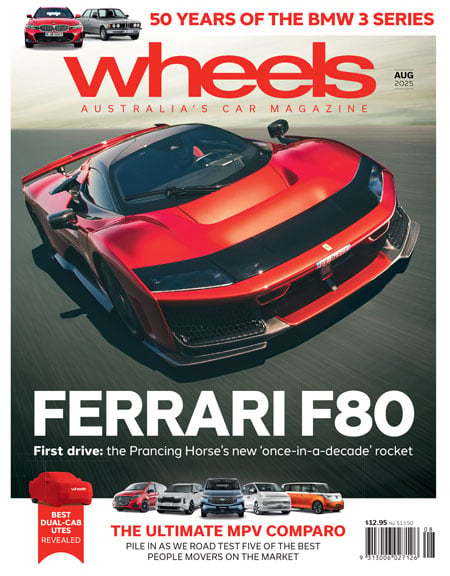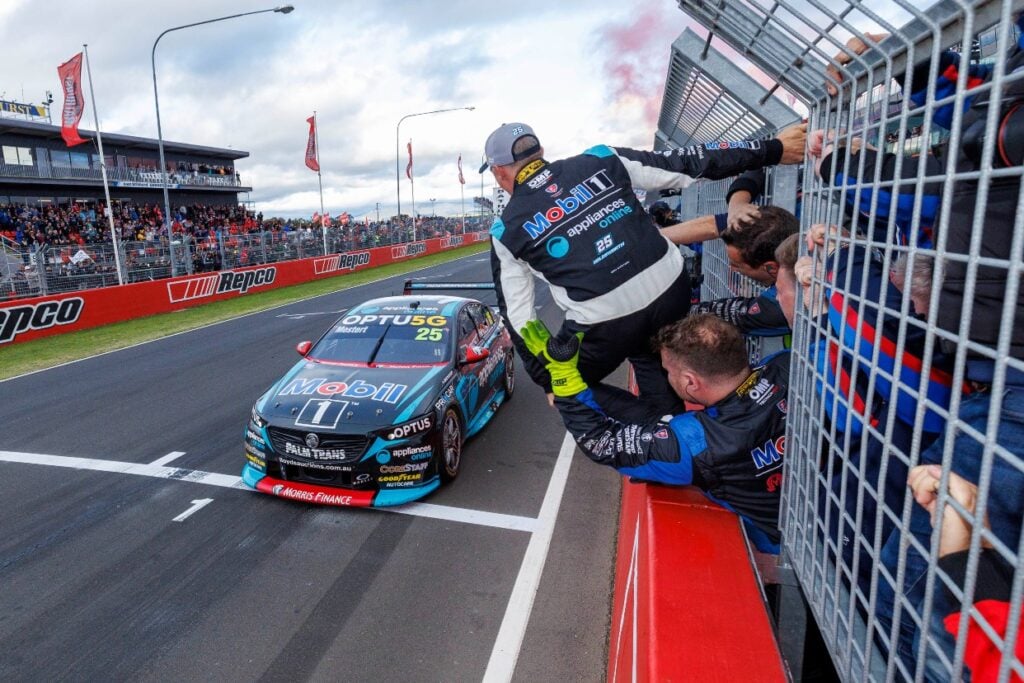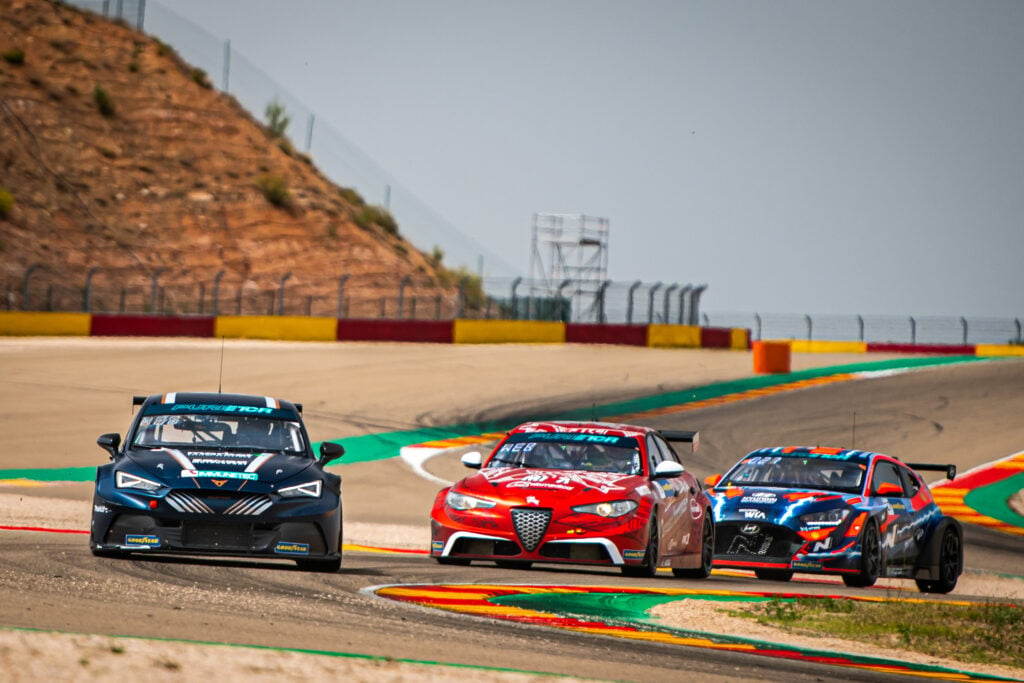FERRARI shunned the undercut in favour of an overcut to set up a glorious Sebastian Vettel victory in the opening round of the 2017 Formula One World Championship, the Australian Grand Prix, at Melbourne’s Albert Park circuit.
Vettel scored his 43rd grand prix win and first since 2015, leading home Lewis Hamilton’s Mercedes by 10 seconds.
After a couple of exasperating years being cannon fodder for the rampant Mercedes Silver Arrows, the Ferrari triumph sends a message to Formula One followers (and Stuttgart) that there may be real, tight competition – certainly amongst the top two teams – this year.
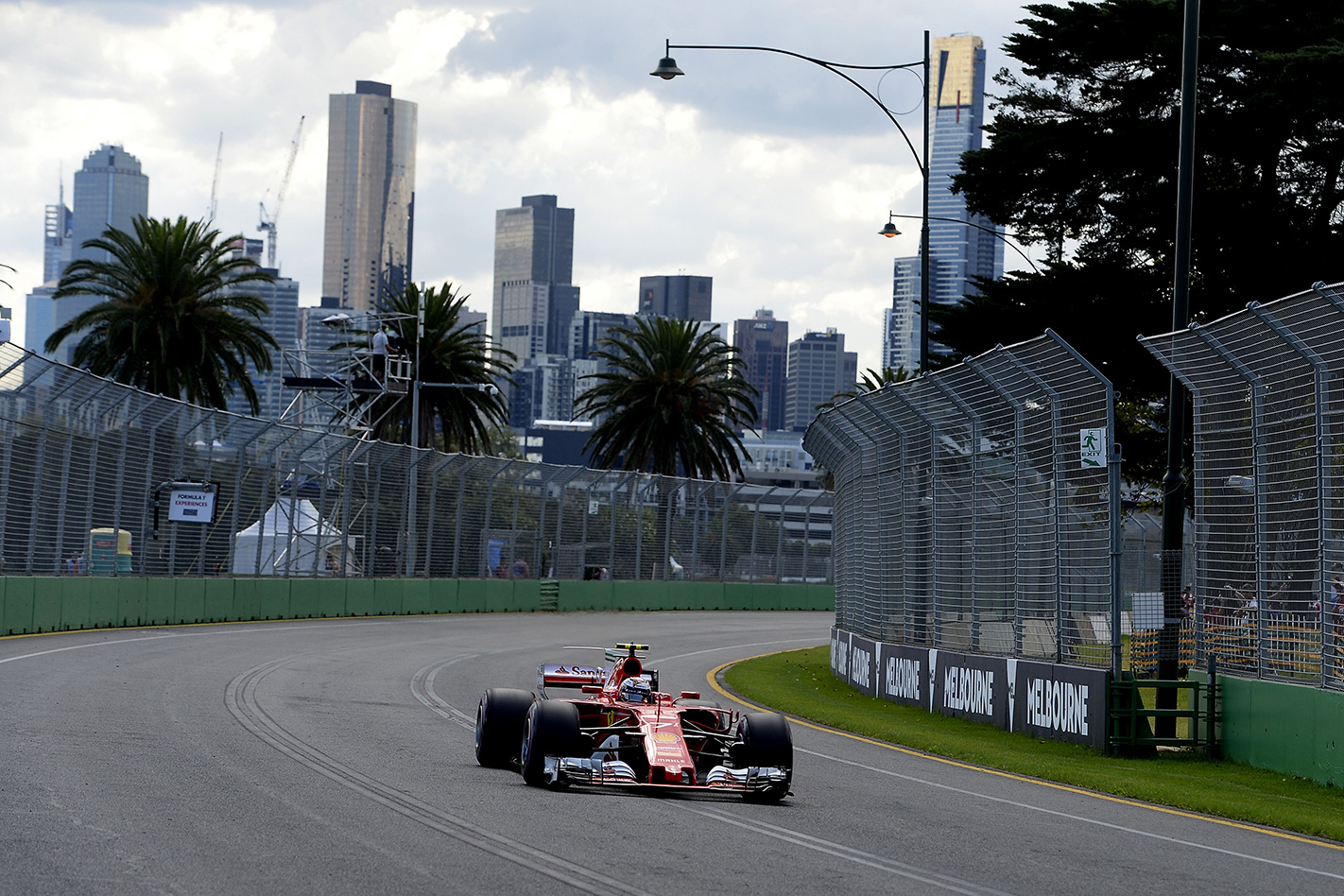
So much for the engineers to deal with and the driver to react to. It’s early days. The teams are still understanding the characteristics of the new tyres.
Unconfirmed too but raised by more than one smart observer is the thought that when following (and attempting to pass), the 2017 Ferrari is less affected by turbulence than the Mercedes.
There’s also the promise from new owners of the sport of a greater entertainment quotient. We’re still waiting for that. Overtaking was still in short supply, but that is the nature of Albert Park. Let’s wait until Shanghai.
On Saturday at least, it was tight at the top, with Hamilton and Mercedes quickest. But race day is Sunday, and that’s when Vettel and Ferrari put it all together with great pace and a good, reactive tyre strategy.
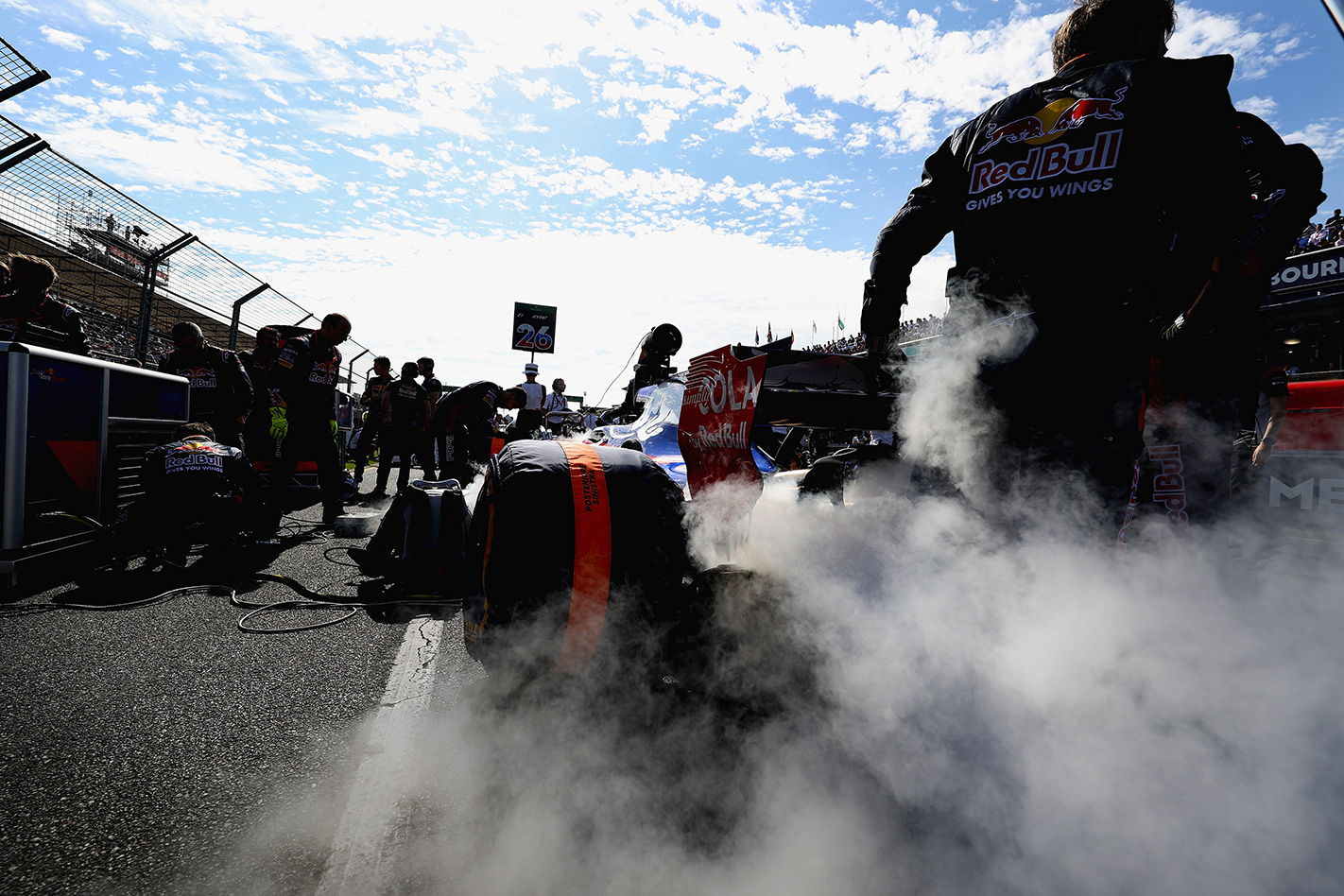
When Hamilton rejoined in fifth with a fresh set of tyres, he was caught behind Red Bull’s Max Verstappen, who frustrated all attempts to overtake. Ferrari immediately went for the overcut, leaving Vettel out on track to build a buffer.
Five laps later Vettel pitted and then, with Ferrari holding its collective breath, charged back on to the track ahead of the Verstappen-Hamilton battle.
In the end it was a comfortable victory for Vettel, who drove away to leave Hamilton to fight off the pressing Valtteri Bottas in the second Mercedes.
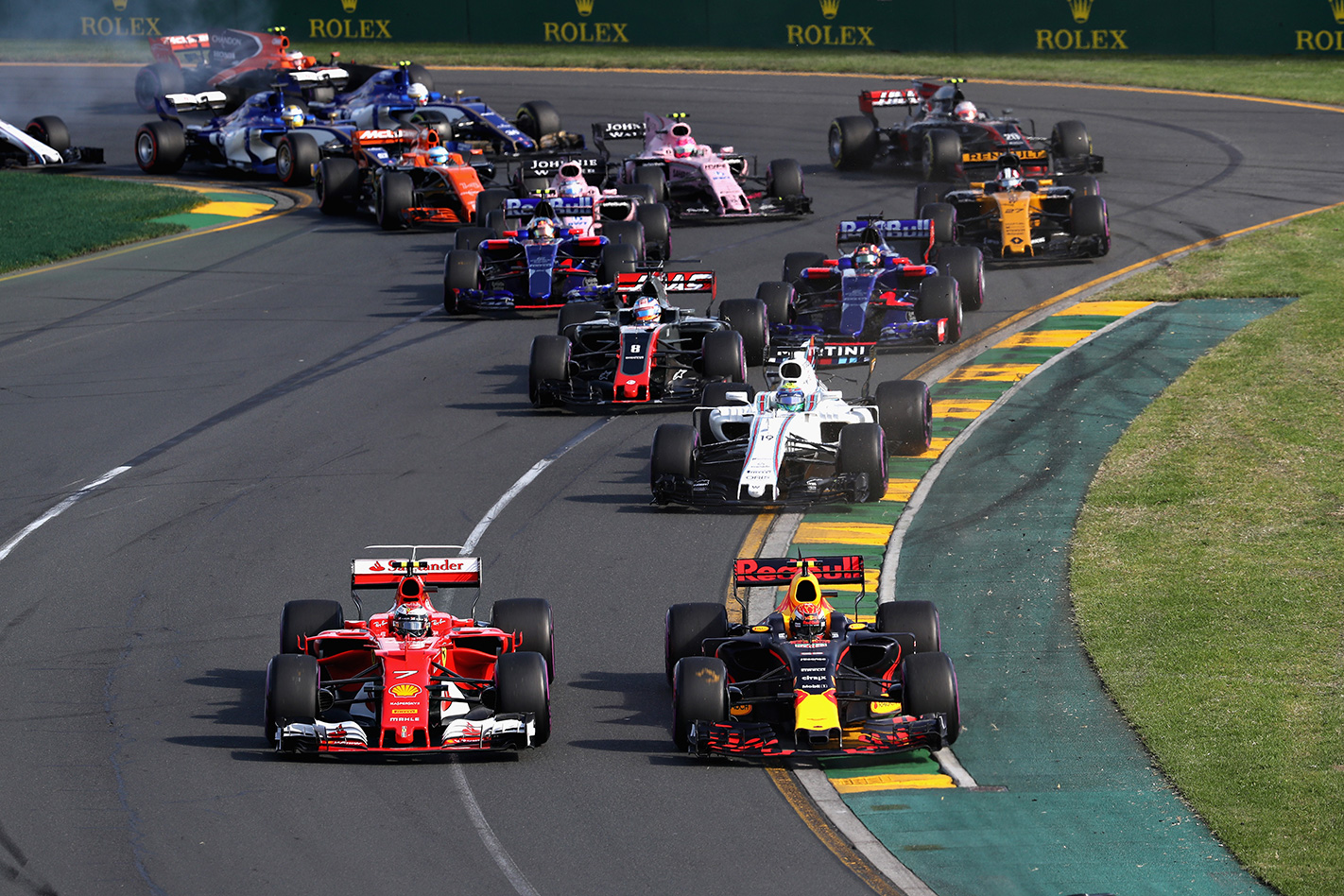
While Ferrari fans were ecstatic, the weekend was an anti climax for Aussies with Daniel Ricciardo having a shocker.
There were groans among the near 100,000-crowd, when Daniel Ricciardo’s RB13 stopped on track on the gridding up lap, electric problems crippling the gearbox, and jamming it in sixth gear. There was a rush to get the car back to the pitlane for a reset, the recovery truck driver giving it the wellie. With nine minutes to the start, Ricciardo pulled his helmet back on. The car was alive again…
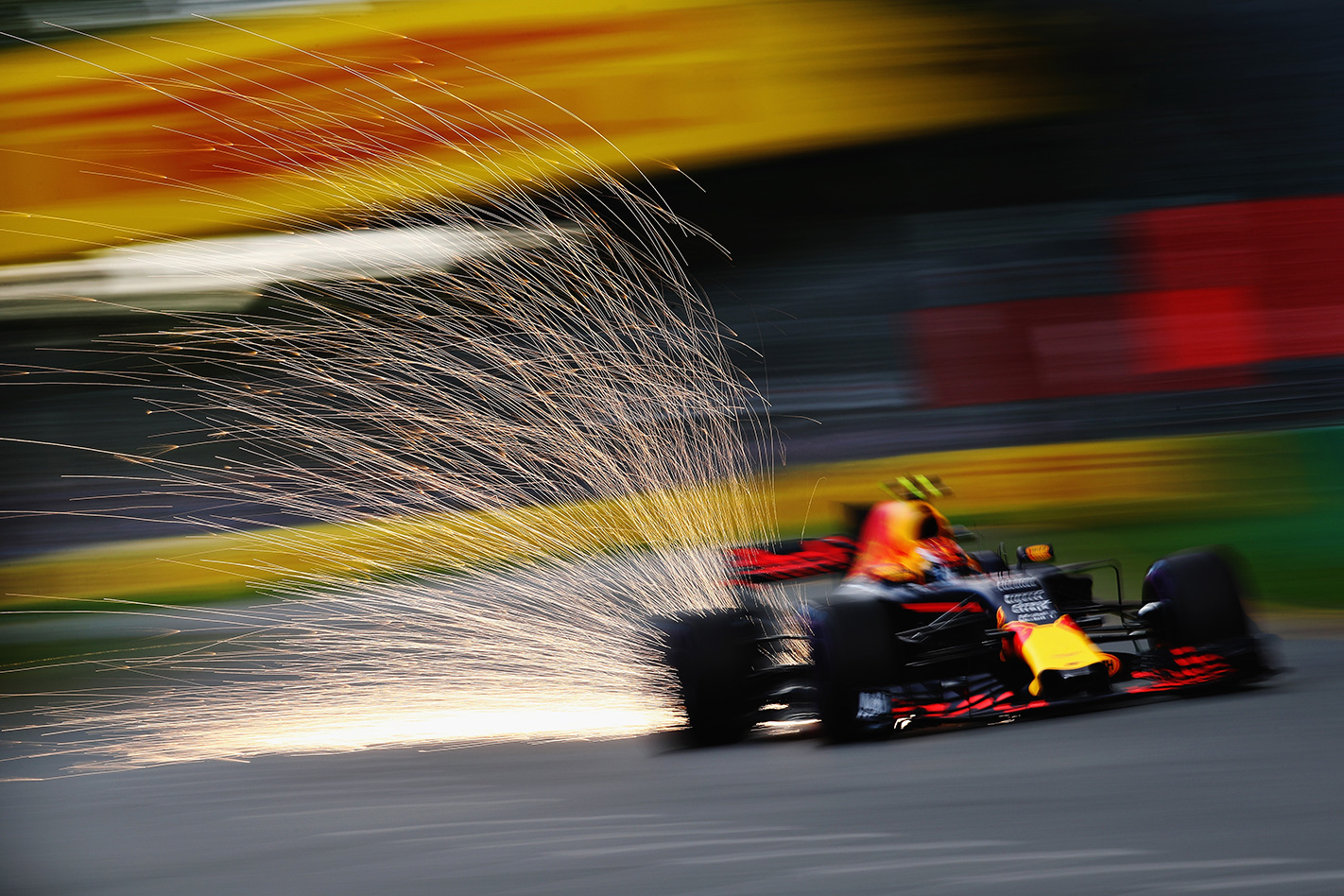
“It’s been a long week,” reflected an unsmiling Ricciardo.” I wanna get out of here. I feel bad for everyone, for the fans…”
On a more positive note, Ricciardo took some comfort from Verstappen’s fifth place. “We’ll learn something from Max’s race.”
All drivers went into the opening grand prix of the season facing the great unknown of more unpredictable race starts due to new rules removing electronic guidance from the clutch operation. Noticeably, throughout practice, many drivers practised starts as they left pit lane.
Hamilton was one who was obviously thinking about his technique. “Last year, it was the area that cost me the world championship,” he observed.
As it transpired, Hamilton made an excellent start to the 2017 AGP, while Vettel – normally an ace off the line – was less than perfect when the lights went out, although he held on to second into the first corner.
The lead up…
Pre-season testing posed as many questions as it did answers although it seemed the Big Three from last year – Mercedes, Red Bull and Ferrari – were still the squads to beat. Ferrari maybe had made up some ground, although the Mercs were the cars to catch. Again.
When, four months after the final race of last year, the circus hit the track at Albert Park it was obvious that Lewis Hamilton and Valtteri Bottas were exceedingly quick out of the box, while Ferrari and Red Bull had their technical conundrums to unravel. Ferrari managed this process better.
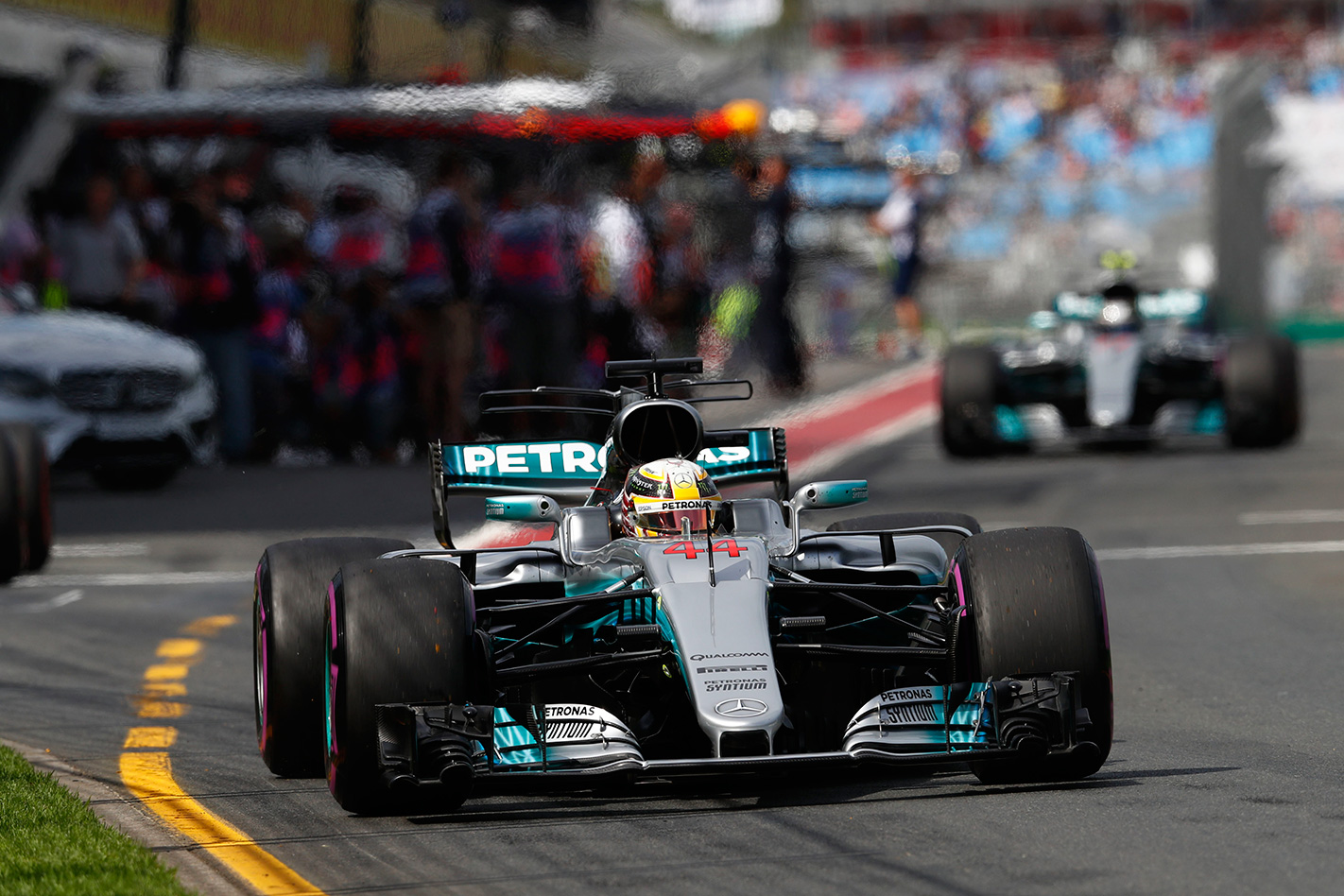
Qualifying was dramatic in many ways, with Hamilton edging Ferrari’s Sebastian Vettel by less than three tenths to snare his sixth AGP pole (and fourth in a row). The Ferraris’ lively testing form seemed to be a true reflection of potential.
Mercedes recruit Bottas measured up in his first real challenge, splitting the Ferraris to qualify third, and only 0.293secs slower than his team-mate.
Over at the Finn’s old alma mater Williams, Felipe Massa was delighted to be seventh fastest, while his 18-year old rookie team-mate Lance Stroll started 20th and last after a shunt in practice.
Ahead of Massa’s Williams after a stunning qualifying run to sixth was Haas Ferrari’s Romain Grosjean.
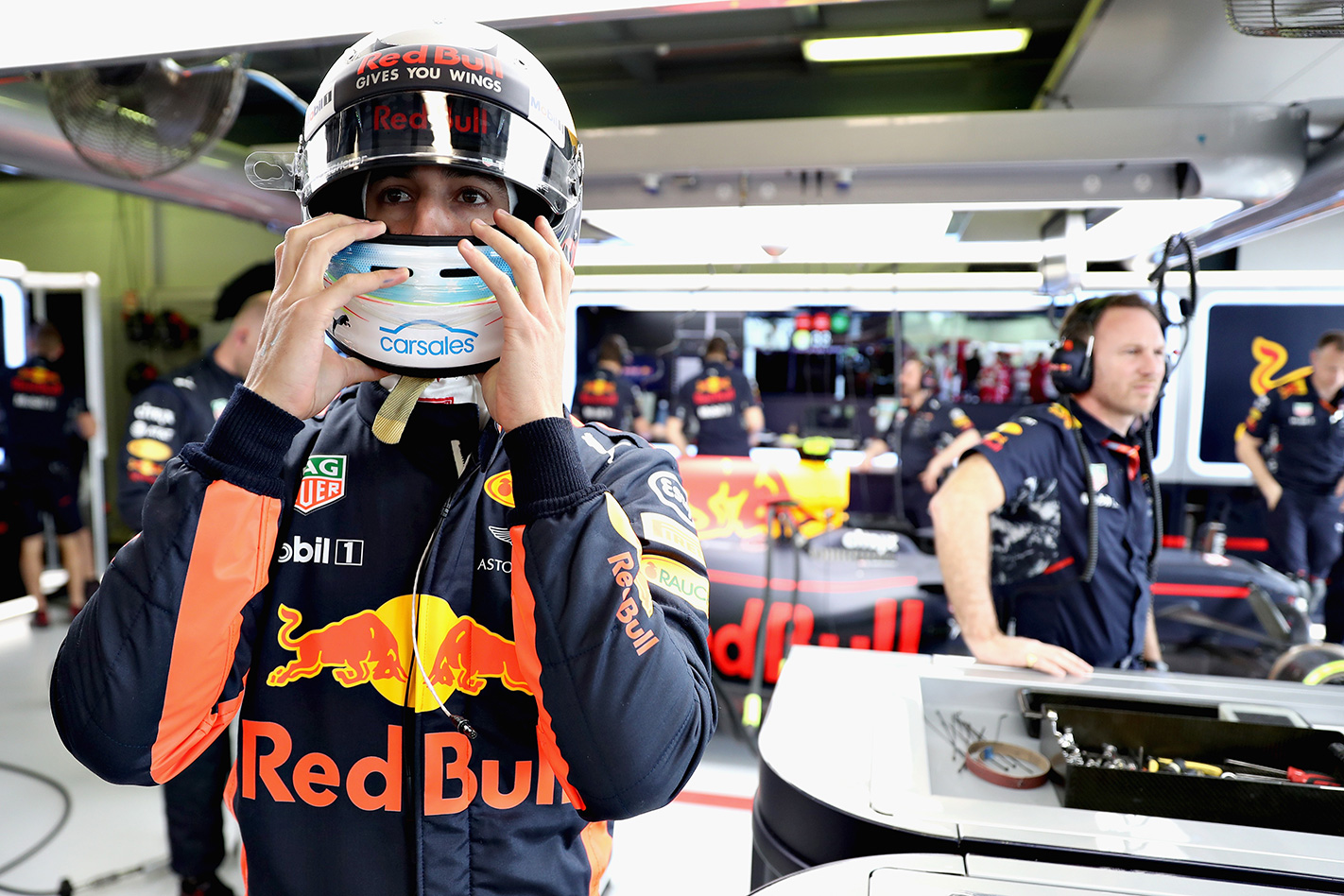
This left him 10th on the grid, which became 15th after a five-place penalty for replacing his damaged gearbox. The unfavourable starting slot left Red Bull with limited strategic prospects due to 2017’s long-life tyres – predictions were of just one pit stop for most drivers.
Ricciardo’s team-mate Verstappen showed what might have been for the Australian had he stayed out of trouble during Q3. The Dutchman qualified fifth, albeit a worrying 1.297secs off Hamilton’s searing pace. Verstappen’s body language was on the down side of upbeat.
Fernando Alonso dragged the McLaren Honda up to 13th, remarkable considering the top-speed difference to most of his rivals. The Spaniard was hardly satisfied though, and after his non finish he presents as a driver on the point of walking away for a team that hasn’t given him the package remotely commensurate with his talent.
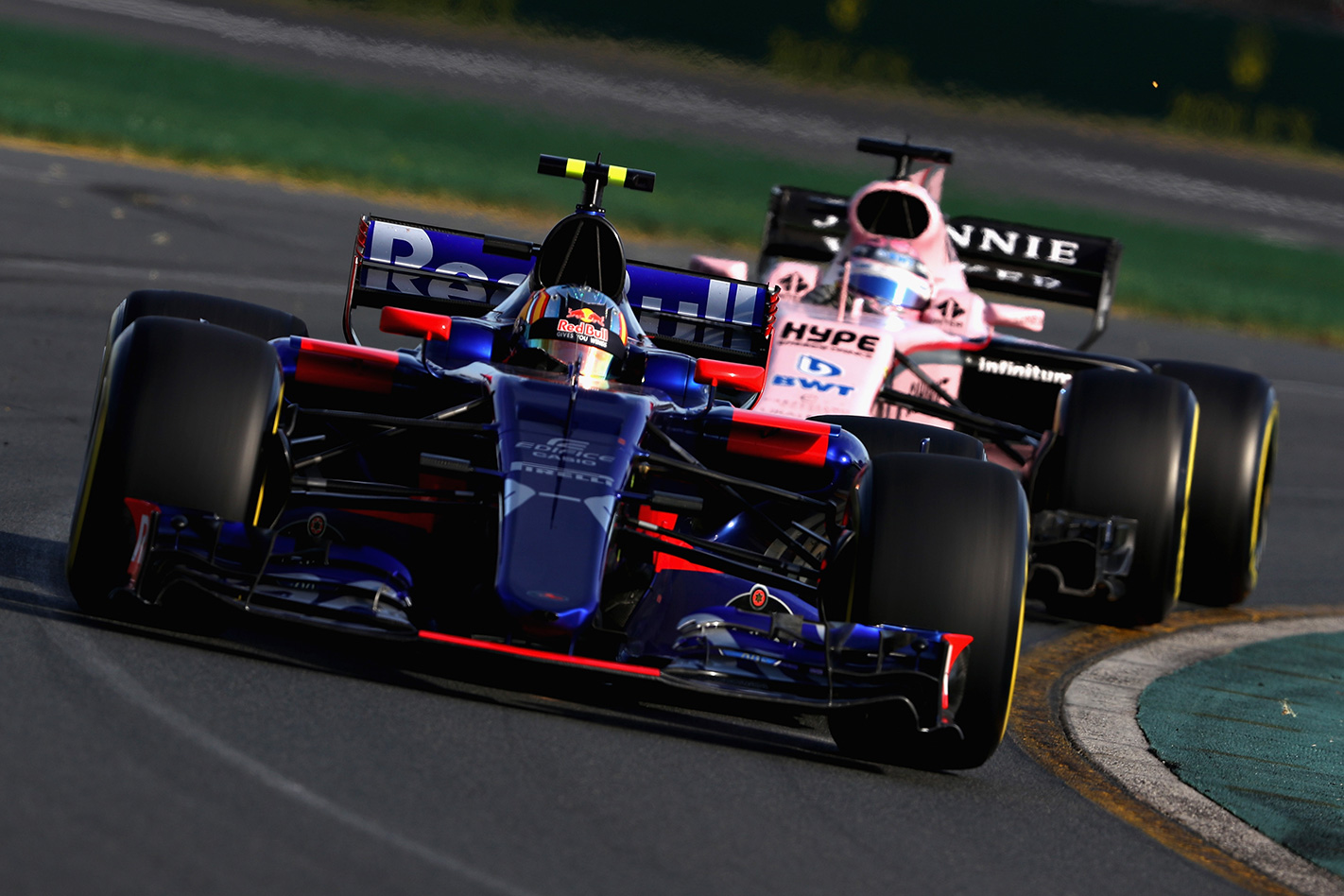
The new pink colour scheme didn’t help Force India during qualifying, Sergio Perez 11th fastest (moving to 10th on the grid after Ricciardo’s penalty), and Esteban Ocon 14th (starting 13th). They both ended up in the points, seventh for Perez and 10th for Ocon.
The bizarre late withdrawal of Sauber driver Pascal Wehrlein citing fitness concerns, gave another rookie, Italy’s Antonio Giovinazzi, his chance to shine. That he did. Despite only getting one practice run on Saturday morning, he qualified 16th, only a few tenths slower than his team-mate Marcus Ericsson. He finished a terrific 12th on Sunday.
Thirteen cars finished the AGP. Seven were retired.
So now the AGP is done and dusted. One down; 19 to be decided.
And as Ferrari’s Jock Clear opined post race: “In absolute terms I can’t honestly tell you which was the quicker car today.” He was talking about the Ferrari and Mercedes.
Red Bull Racing, it seems, has some catch up work to do. The car looks nervous and not that pleasant to drive. Despite the optimism exuded during the Barcelona testing, the RB 13 Bulls still lack power, and balance
The brutal new F1 cars
Over the three days of the Australian Grand Prix, drivers generally welcomed the new cars, the old chaps drawing comparisons with the F1 cars of a decade ago. More physical, brutal even. Hard on the body; hard on the equipment. But fun to drive, though a requirement to be more accurate and precise.
Romain Grosjean said his Haas-Ferrari was generating almost 8G peaks in the fast corners. The Frenchman also suggested the scope to slide the new cars was very limited, even with close to 1000 horsepower under the right boot.
Max Verstappen suggested the extra downforce makes the cars more difficult to catch if the tail steps out.
Lewis Hamilton had no negative comments about the new beasts. He reckons the grip is fantastic and the extra aero allows the drivers to push deeper into the corners. The 2017 cars don’t slide as much either, unlike previous years on low-grip Pirellis.


